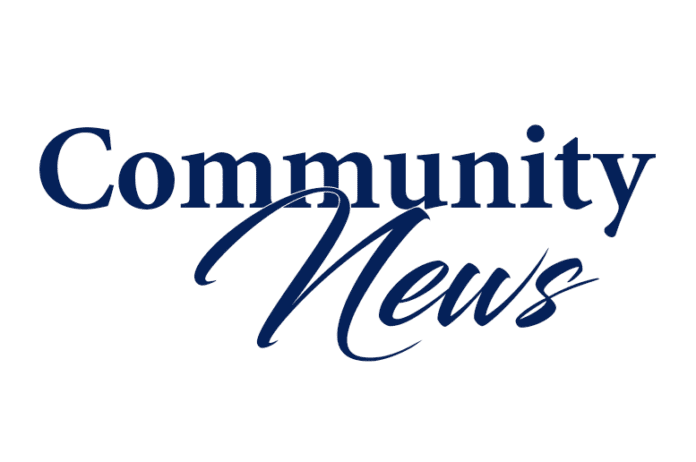“THE MEANING OF ROSH HASHANAH”
Literally means “Head of the Year,” and is observed in the beginning of the 7th Month “Tishri,” as the Jewish New Year. The first of Tishri marks the anniversary of the creation of the world, which according to tradition over 5700 years ago, this year being 5773 and therefore Jewish chronology begin the year with this day.
The name “ROSH HASHANAH” does not occur in the Bible. Instead, it is referred to as the Day of the Blowing of the Trumpet, “Yom Teruah,” the Day of Memorial or Remembrance and the Memorial of the Sounding of the Shofar.
It is also considered the Day of Judgment, when all mankind is judged by the creator and the fate of each individual is inscribed in the book of life.
ROSH HASHANAH, unlike the secular New Year, is both solemn and a festive occasion. Its joy is spiritually disciplined by the sacred traditions of home and the synagogue. Although the observance of the high holy days is centered primarily in the synagogue, the home is where the family prepares to meet the New Year, in a spirit of faith, and in a mood conducive to prayer and soul searching.
There are ten days of repentance or observance ending with the holiest day of the Jewish New Year, “YOM KIPPUR,” day of atonement, which is observed entirely in the synagogue a day of fasting, self denial in food and other physical pleasures is part of the tradition of this “Sabbath of Sabbaths.”
The most characteristic symbol of “ROSH HASHANAH” is the SHOFAR, or Ram’s horn. The Ram’s horn is used in commemoration of the sacrifice of Isaac. The last moment before Abraham was to sacrifice Isaac, a Ram caught in a thicket was used as a substitute sacrifice. To honor the Ram, Jews use a Ram’s horn at religious services. Horns of cows were rejected because these animals were associated with the worship of the Golden Calf by the children of Israel in the desert, a sin vigorously condemned by Moses. It is used to call each person to recall their past deeds and shortcomings, and to engage in the process of introspection and repentance.
It is mentioned frequently in the Bible and through the Talmud, and later Hebrew literature. The “SHOFAR,” was used in ancient times to sound alarms, to assemble armies for attack and to announce plague or famine. In addition, the SHOFAR heralded important events such as the accession of a ruler to the throne, or the proclamation of a rabbinical edict. It was also used to usher in the Sabbath, festivals and new moon and together with other instruments was frequently employed as part of the worship in the Temple in Jerusalem.
The Shofar call “TEKIA GADOLLA” concludes the day of fasting. The extended blast expresses the feeling of the worshippers that they have extended themselves spiritually during the long day of prayer and are now resolved to reach out during the coming year towards new insights and more meaningful living.
“Give heed to the sounds of Shofar, the sharp piercing blasts of the Shofar, rending the air with its message, its portents of heavenly salvation, summoning man to his father, to render him homage and devotion.”
“Renounce ye your sins and transgressions, false aims and vainglorious striving, infuse in your hearts, a new spirit to build a new earth and new heaven. Heed ye the sound of the Shofar, the blast that is blown, o my people.”
WITH THE COMING OF ANOTHER YEAR, ON BEHALF OF THE MAYOR AND CITY COMMISSION, MAY WE WISH EVERYONE IN SUNNY ISLES BEACH, THE STATE OF FLORIDA, OUR NATION AND YOUR LOVED ONES, THE GREATEST OF MAN’S BLESSINGS…A PEACEFUL WORLD IN WHICH TO ENJOY HEALTH AND HAPPINESS. “MAY YOU BE INSCRIBED FOR A WONDERFUL GOOD YEAR.”






